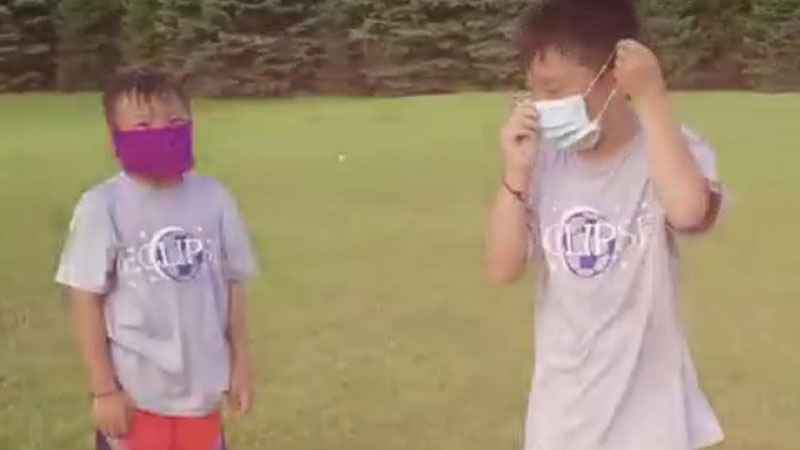Researchers work to provide COVID-19 information to Hmong, Somali and Latinx elders
[anvplayer video=”5001714″ station=”998122″]
Community researchers say there has been some improvement in how information is being filtered to communities whose first language is not English compared to the beginning of the pandemic. It’s in part because of specific efforts to reach local Hmong, Somali and Latin communities.
Maiyia Kasouaher is a community researcher with SoLaHmo and works with community engagement with the Program in Health Disparities Research at University of Minnesota.
She said, "In our community, there’s a strong sense of social obligation, and so when there are gatherings, you know if there’s a wedding or a funeral or any large event, and there’s a strong sense of social support and connection and feeling obliged to have to attend."
Kasouaher said that’s tough because of potential exposure that could cause someone to bring COVID-19 back to their family at home.
The University of Minnesota Medical School’s Program in Health Disparities Research is teaming up with entities like SoLaHmo, a community-based participatory action research group, to make sure these elders get accurate and helpful COVID-19 information.

[KSTP]
Dr. Michele Allen, associate professor at the U of M Medical School also directs the program on Health Disparities Research and is a family physician at the U of M’s Community University Health Care Center. She said, "The thing that we found that was very important is people really need to know that it comes from a trusted source and what we found was that if we lead in with a voice they recognize, that resonates better."
After they view the videos, often with the help of younger family members, researchers will interview 40 elders in their language about what worked and what didn’t.
Kasouaher said, "For me, it’s more of how do we find that balance, and how do we help these individuals who are struggling to find that balance."
Researchers said they hope to have interviews wrapped up with elders by the end of January. The project isn’t done. The next step is to create videos for COVID-19 vaccinations.